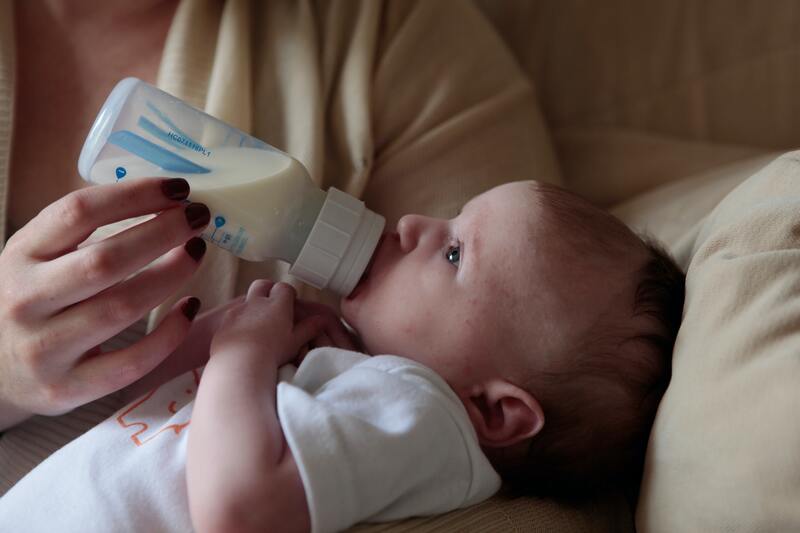Breast feeding vs. Bottle feeding

Breastfeeding and bottle feeding are both ways to feed a baby, but they have some significant differences. Breastfeeding involves a mother nursing her baby directly from her breast, while bottle feeding involves the use of a bottle and artificial formula to feed the baby.
One of the main advantages of breastfeeding is that breast milk is the perfect food for babies, as it contains all the nutrients they need in the right amounts. Breast milk is also easily digested by babies, which can help reduce their risk of gastrointestinal problems. Breastfeeding can also help protect babies from infections and diseases, such as pneumonia and diarrhea.
In contrast, artificial formula is not as complete as breast milk, and it may not provide the same level of protection against infections and diseases. Formula is also more difficult for babies to digest, which can increase their risk of gastrointestinal problems.
Another advantage of breastfeeding is that it can help mothers bond with their babies, and can also have psychological and emotional benefits for both the mother and the baby. Bottle feeding, on the other hand, does not provide the same level of emotional connection.
Finally, breastfeeding is more convenient and economical than bottle feeding, as it does not require the purchase of bottles, nipples, or formula. Bottle feeding, on the other hand, can be more expensive and time-consuming, as it involves preparing the formula, sterilizing the bottles, and washing and drying the feeding equipment.
Overall, while both breastfeeding and bottle feeding have their own pros and cons, breastfeeding is generally considered to be the superior option for both the mother and the baby.
Photo by Lucy Wolski on Unsplash